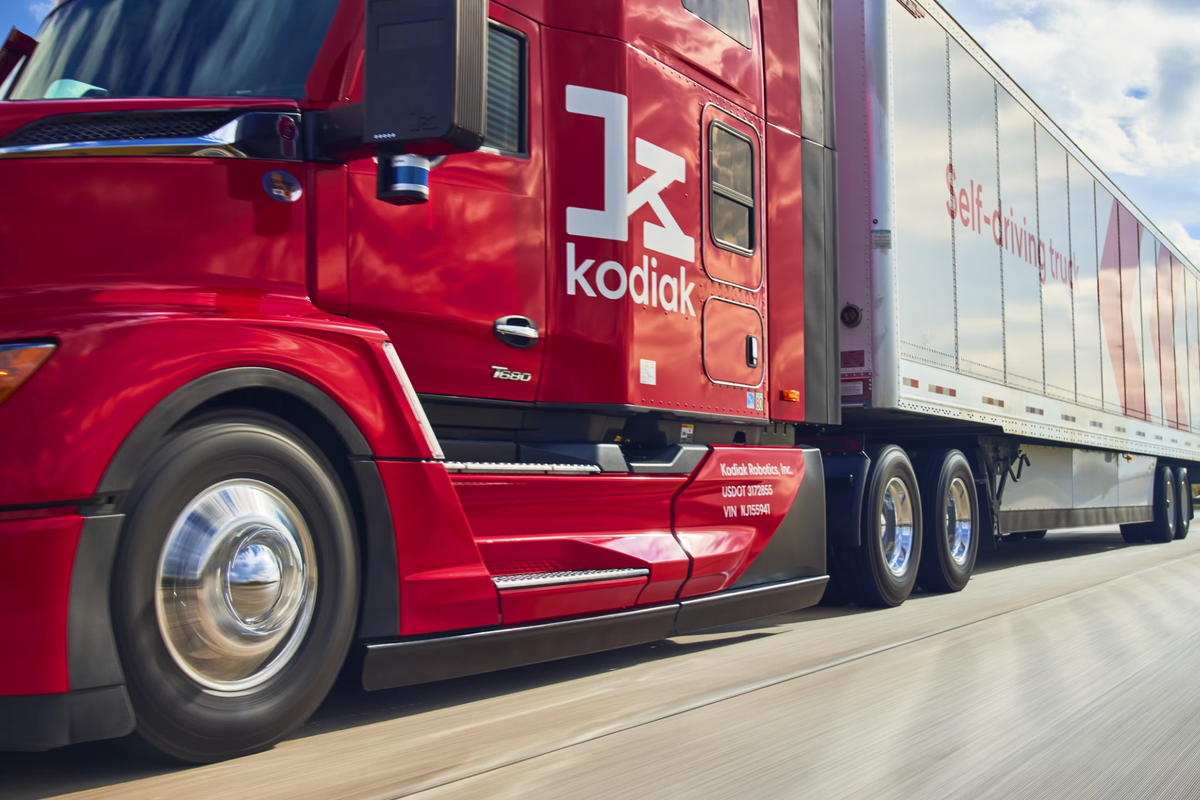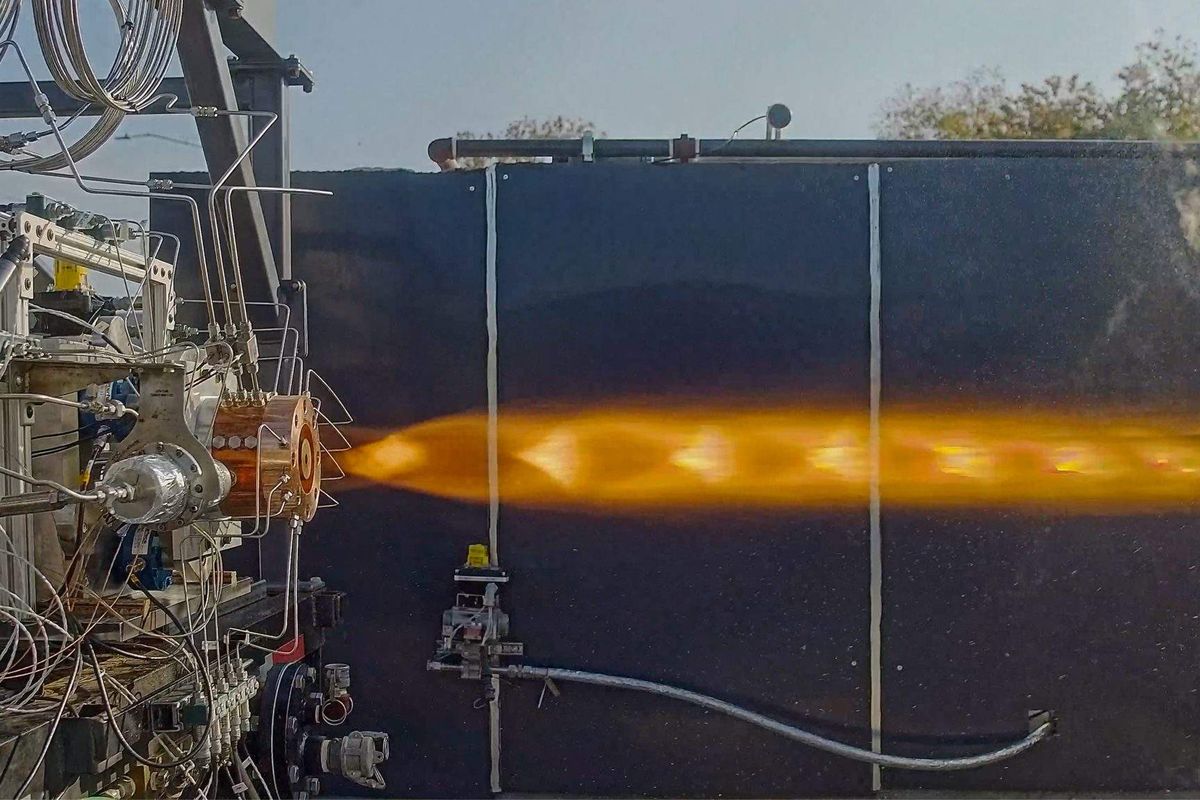Why this Houston entrepreneur stuck with startups over a corporate gig
Guest column
Several ago, Microsoft dangled a senior leadership role in front of me, which included a high-compensation offer and the chance to move to Seattle. It was tempting. On the surface, this might seem like an easy choice. This kind of senior management position at Microsoft is something many people only dream of. And Microsoft was making a hard push for me.
Then, while pondering the offer, I imagined how I would change the company's website to capitalize on an urgent market opportunity, and then I thought about the bureaucracy I'd have to go through, which I imagined would have been like trying to get a bill through Congress. I called the hiring manager and asked for an example of his team advocating for such a change, and he confirmed that it would require jumping in slow motion through layers of hoops.
I couldn't get myself to leave the high-flying startup atmosphere where I had the freedom to move the needle in quantum leaps, not increments. It's a big decision to choose to share your talents with a startup versus a large corporation. Both options include benefits and risks. But if you have an entrepreneurial mind-set, you will discover, like I did, that startups can offer huge benefits. Here are what I see as the top four.
1. Fewery barriers of entry
While big corporations often choose to hire the candidates who went to Ivy League schools, are well-connected, or have loads of experience at higher-level positions, startups are interested in something else. They choose to hire people who think creatively, show a willingness to work hard, and demonstrate raw leadership qualities that, once cultivated, can help the company (and the individual) achieve breakthrough success. Startup entrepreneurs are creators, not maintenance workers, and startups need visionaries at every level.
2. Versatility in roles
Most jobs in big companies offer a limited range of authority, meaning no single individual, besides perhaps the CEO, has the ability to influence the entire company in a significant way. When you get hired to fill a role at an established business, that's exactly what they expect you to do: fill that role.
It's rare, if not impossible, to find the freedom to experiment and try your hand at filling different roles within various departments. Most startups don't hire with a set idea of your potential or career path, because the startup is young and undergoing massive change.
Founders may find it hard to predict what the company's needs will be as it grows. This is the perfect environment to try on different hats and find your zone of genius — the area where you work best — then move up quickly from there.
3. Financial rewards
Go to work for a big company, and you'll get a paycheck — a paycheck and a 4 percent annual raise along with a formal review from a manager who dreads delivering it. The potential upside is far greater at startups. And the initial financial rewards might not be too bad either.
Depending on the size and cash flow, a startup may offer a competitive salary right off the bat, or it may start you off with a modest salary with the potential to own a piece of the pie through stock options. The stock options could lead to astronomical compensation later on, if the company is successful. In my opinion, always go for the stock options.
4. Upward mobility
If you have enough drive, it is possible to climb the old guard corporate ladder but be prepared for a slow climb. Incumbent companies are burdened with incumbent mind-sets. Barriers to advancement are high, and opportunities are few. If you have set your sights on making it to the C-suite of a Fortune 500 company, your opportunities are severely limited. Among those companies, there can only be 500 CEO positions, maybe 5,000 in the rest of the C-suite. That means your odds of getting a job in the C-suite of a Fortune 500 company are lower than the odds of being drafted by the National Football League — way lower considering the NFL drafts 224 new players each year,and people tend to linger in the C-suite quite a bit longer than that.
Compare these numbers to the 46,500 startups in the United States, and it's easy to see there are far more executive leadership opportunities at startup companies. If you believe your corporate destiny is to become a leader, you can find a startup with a dynamic, fast-moving environment that values initiative and offers the opportunity to move up quickly.
------
Steven Mark Kahan has successfully helped to grow six startup companies from early-stage development to going public or being sold, resulting in more than $3 billion in shareholder value. He is also the author of a the book Be a Startup Superstar.





 2025 Houston Innovation Awards winners revealed at annual eventThe 2025 Houston Innovation Awards winners have been revealed. Courtesy photo
2025 Houston Innovation Awards winners revealed at annual eventThe 2025 Houston Innovation Awards winners have been revealed. Courtesy photo